Our oceans are home to some of the most diverse and captivating creatures on the planet, yet many of them face the threat of extinction. Climate change, pollution, overfishing, and habitat destruction are some of the major causes driving the decline of these majestic marine animals. This article shines a light on 15 endangered marine species and explores how you can contribute to their preservation.
1. Vaquita

The Vaquita, the world’s most endangered marine mammal, dwells in the northern part of the Gulf of California. Fewer than 10 individuals are estimated to remain, primarily due to bycatch in illegal gillnets used for fishing other species. Conservation efforts include stringent fishing restrictions and promoting the use of alternative fishing gear, but much work is needed to enforce these regulations effectively.
2. Hawksbill Turtle

Hawksbill Turtles are critically endangered due to poaching for their beautiful shells, which are highly valued in the illegal wildlife trade. These turtles also suffer from habitat loss and pollution. Supporting legislation to ban the trade of turtle products and participating in beach clean-up efforts can help protect these ancient creatures.
3. North Atlantic Right Whale

With fewer than 400 individuals left, North Atlantic Right Whales are one of the world’s most endangered large whales. Their population decline is primarily due to ship strikes and entanglement in fishing gear. Efforts to slow down ships and modify fishing equipment are in place, but public awareness and support for marine traffic regulations are crucial.
4. Bluefin Tuna
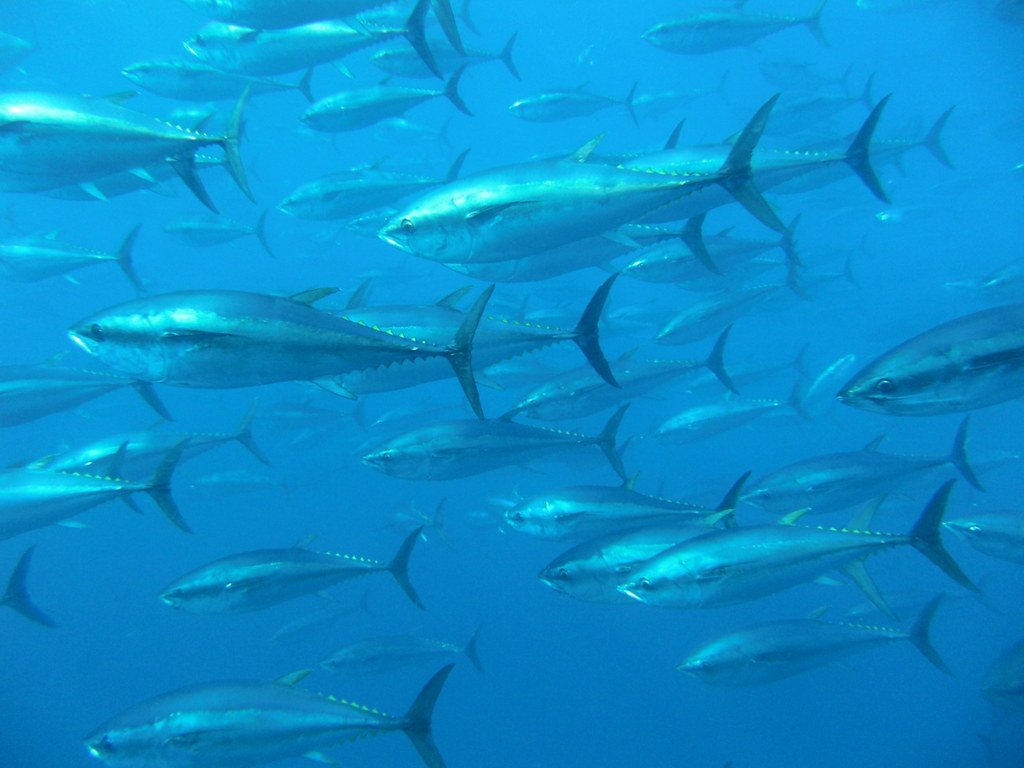
Bluefin Tuna is heavily overfished due to high demand for sushi and other seafood dishes. Strict international fishing quotas and educating consumers about sustainable seafood choices can aid in the recovery of their populations. Supporting organizations that promote sustainable fishing practices can make a significant difference.
5. Dugong
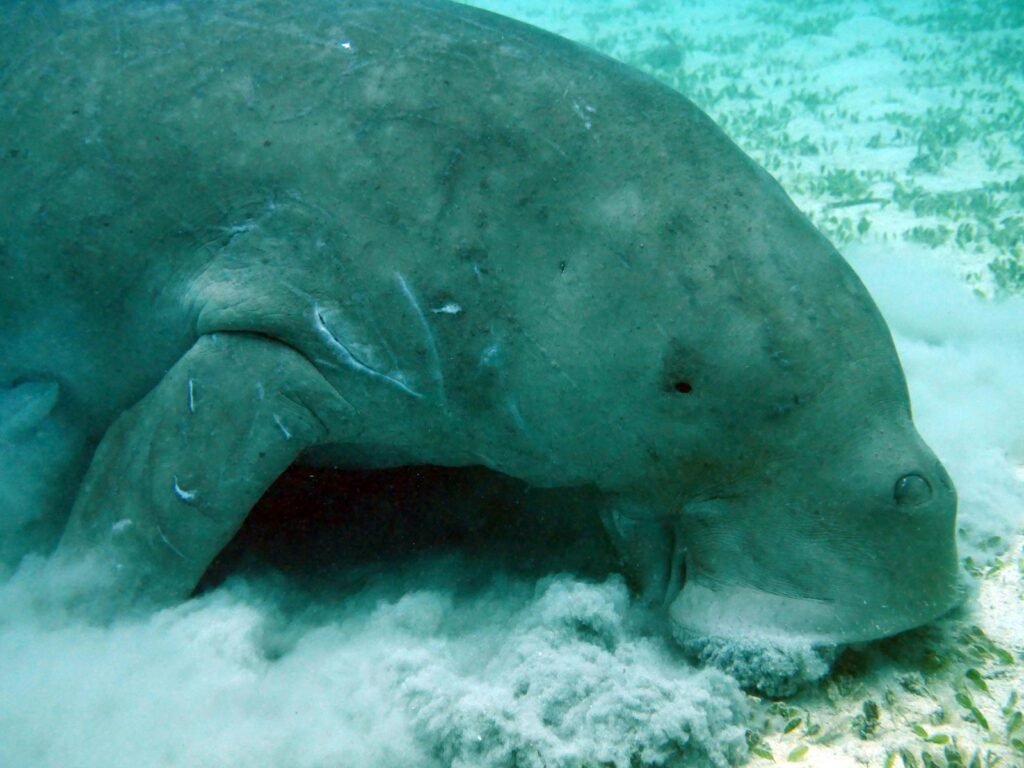
Dugongs, or “sea cows,” are frequently caught as bycatch and face habitat degradation from coastal development. Protecting and restoring their seagrass habitats, along with advocating for marine protected areas, can help safeguard the future of these gentle giants.
6. Green Sea Turtle

While global populations of the Green Sea Turtle are rising due to concerted conservation efforts, they are still classified as endangered. Threats include poaching, habitat loss, and climate change. Supporting conservation projects that focus on nesting site protection and reducing plastic pollution are vital actions.
7. Hammerhead Shark
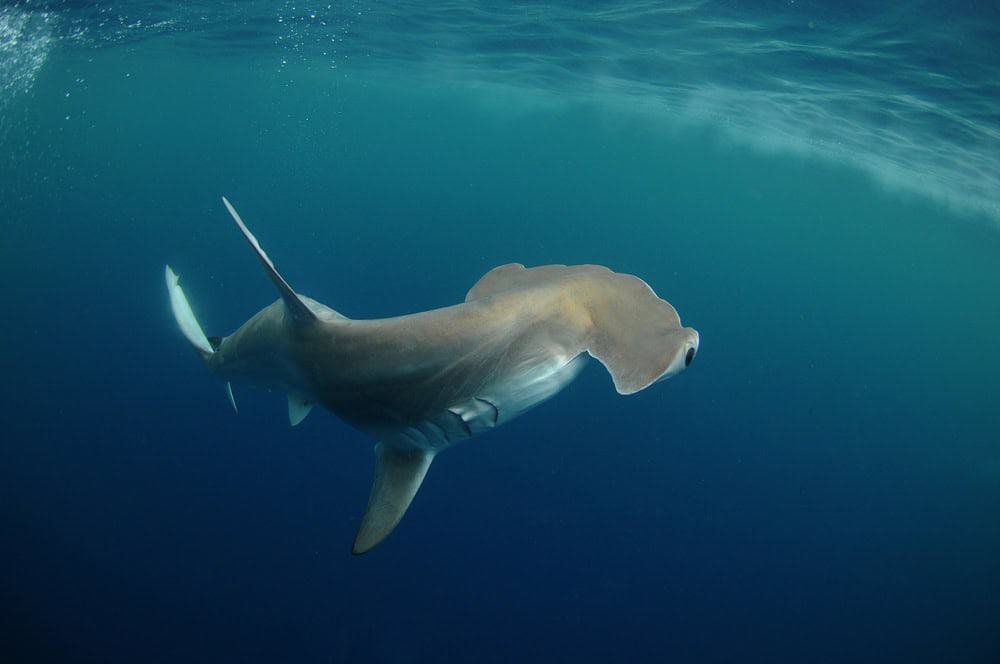
Hammerhead Sharks face serious threats from overfishing and illegal finning. Responding to these threats involves supporting international agreements that regulate shark finning and promoting marine protected areas where these sharks can thrive.
8. Chilean Devil Ray
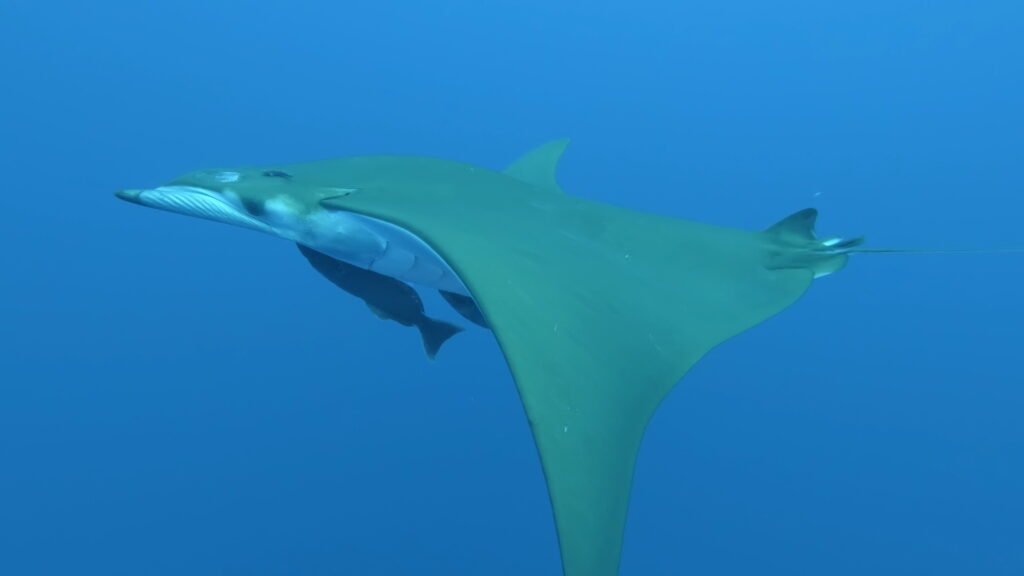
The Chilean Devil Ray, a majestic member of the mobulid family, is endangered due to bycatch and habitat degradation. Supporting eco-friendly fishing practices and marine conservation policies can help safeguard these extraordinary animals.
9. Beluga Sturgeon

Known for producing highly prized caviar, the Beluga Sturgeon is critically endangered due to overfishing and habitat disruption. Supporting sustainable caviar alternatives and habitat restoration projects are crucial steps in aiding their survival.
10. Shortfin Mako Shark
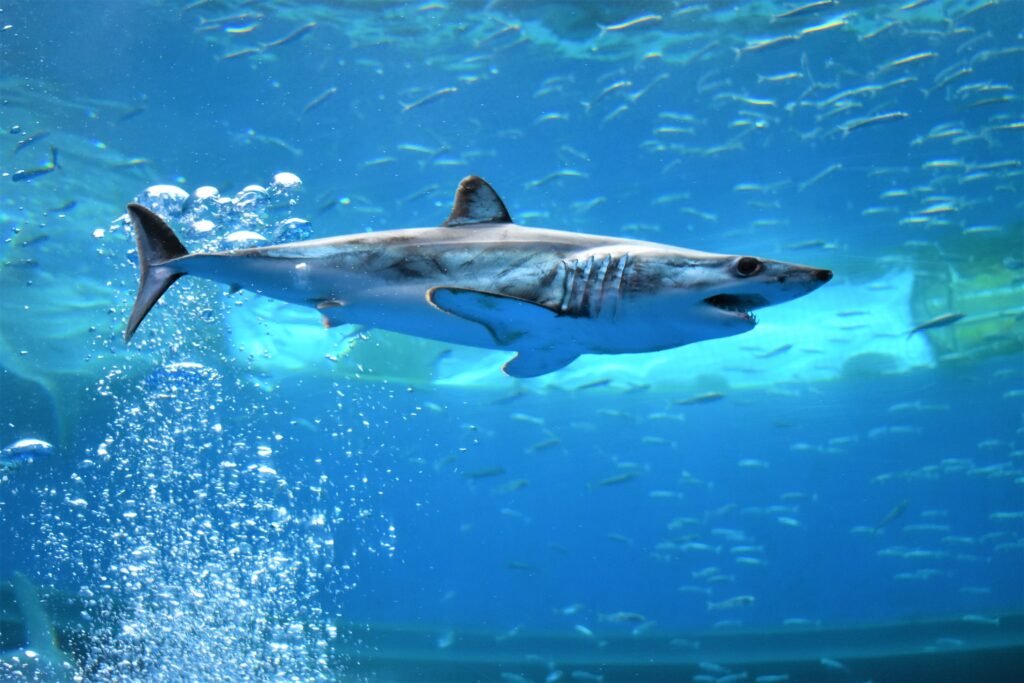
This fast-swimming predator is overfished for its high-value meat and fins. Supporting shark conservation initiatives and advocating for stricter fishing quotas are important measures to preserve Shortfin Mako populations.
11. Nassau Grouper
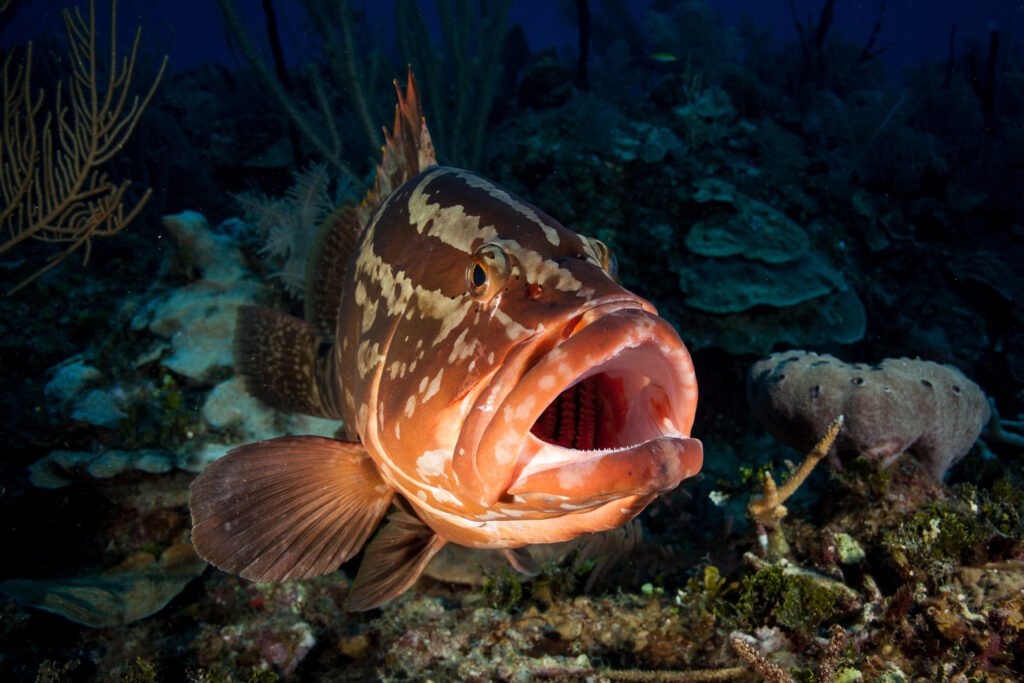
The Nassau Grouper, vital for healthy reef ecosystems, is endangered due to overfishing. Seasonal fishing bans and promoting responsible fishing practices are essential for its recovery.
12. Southern Blue Whale

Southern Blue Whales, the largest animals on Earth, are threatened by ship strikes and climate change. International collaboration to enforce ship route changes and reduce ocean noise pollution is instrumental to their survival.
13. Sawfish

Sawfish populations have plummeted due to habitat loss and overfishing for their unique saw-like snouts. Protecting mangroves and promoting catch-and-release fishing can help conserve these distinctive creatures.
14. Sei Whale
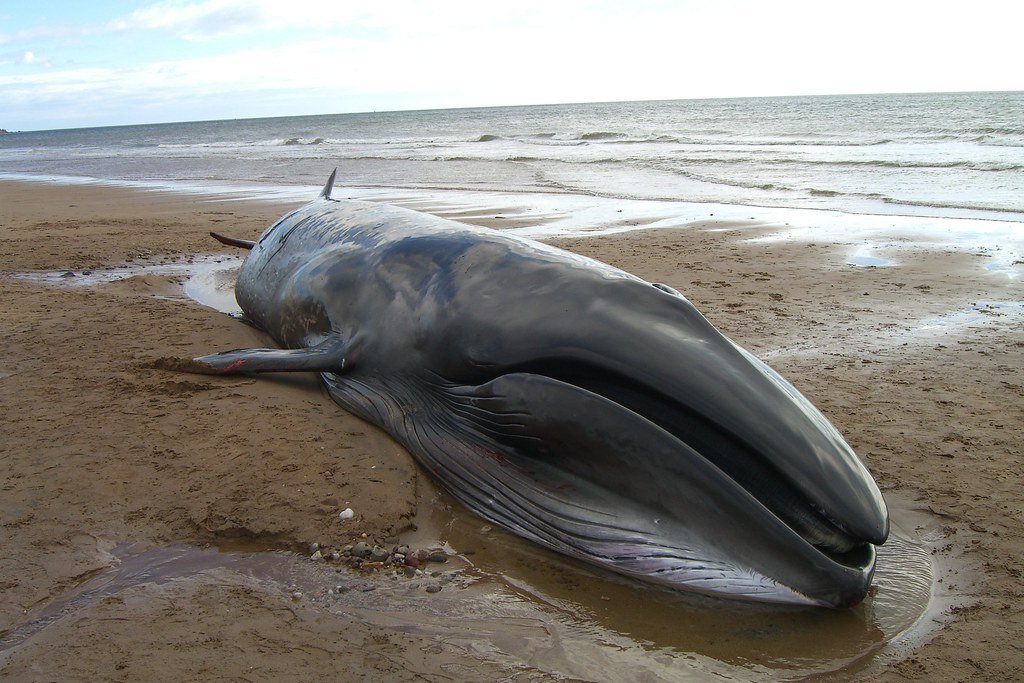
Sei Whales are endangered due to historical whaling and current threats like climate change and ship strikes. Efforts to monitor whale populations, regulate maritime traffic, and combat climate change are critical for their resurgence.
15. Antarctic Krill

While not a large charismatic animal, Antarctic Krill are a cornerstone of the marine ecosystem, providing vital food for many species. Their populations are at risk from overfishing and climate change. Supporting organizations that advocate for sustainable krill harvesting is important for maintaining this crucial ecosystem component.
Conclusion

Our oceans are richer with the presence of these remarkable creatures, and their preservation requires a collaborative effort. By supporting conservation initiatives, advocating for sustainable practices, and making informed choices, each of us plays a role in ensuring that future generations will also enjoy the diverse beauty of our marine life. From adopting policy changes to altering individual habits, we can all contribute to a healthier, more sustainable ocean ecosystem.




